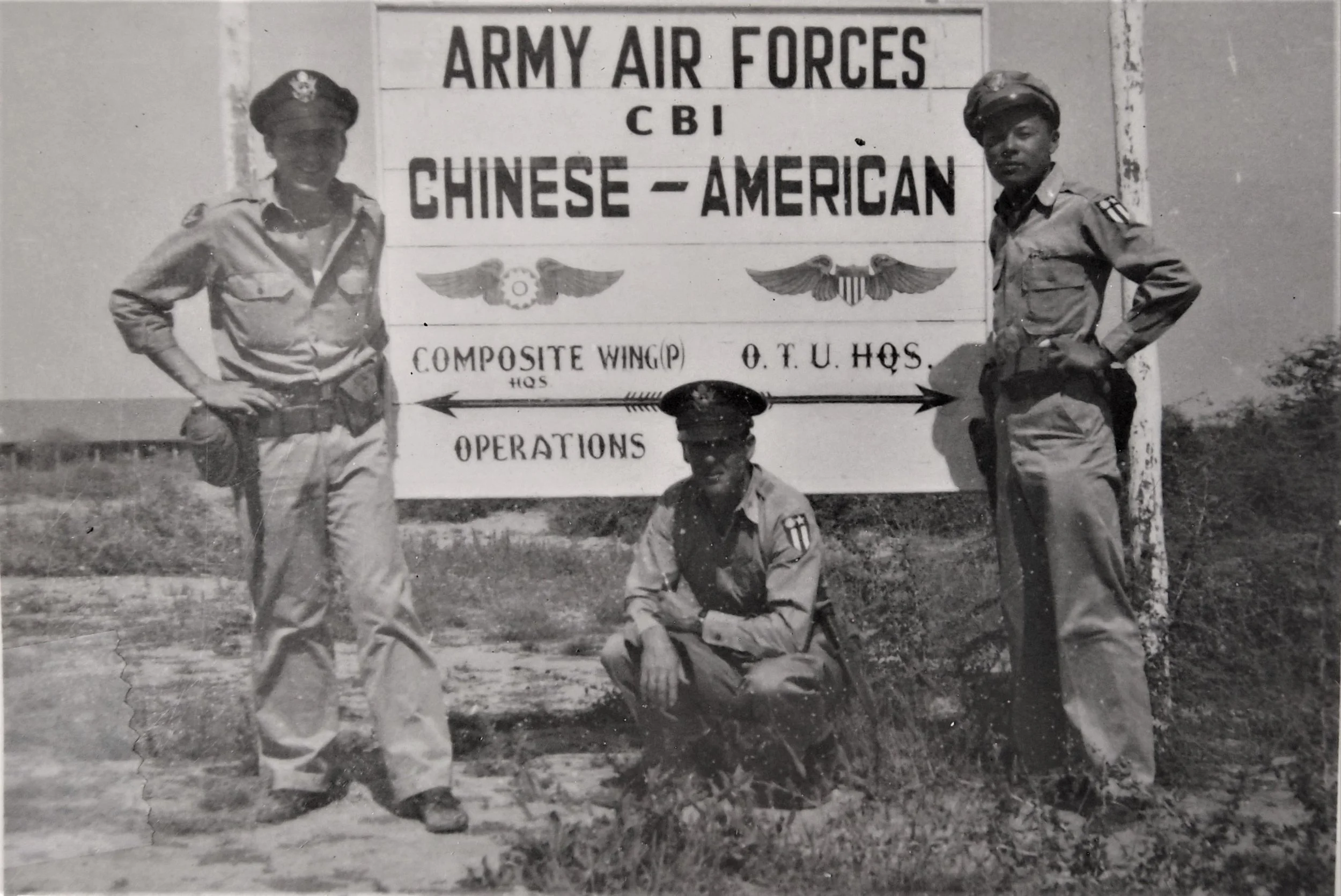“Chennault’s Baby” Wreaks Havoc
The month of September 1945 marked the final period of existence of the CACW. “Almost two years of operations were climaxed in August by the sudden ending of the war, thus bringing about the disbanding of the Chinese-American Composite Wing,” wrote the 1st Bomb Group’s acting historical officer. Conceived by Maj. Gen. Claire Lee Chennault, famed former commander of the American Volunteer Group (AVG), the CACW took Chennault’s plan to assist the Chinese even further than his previous efforts. Their mission to paralyze the infrastructure of the Japanese War Machine and to inhibit enemy troop movements by destroying cargo caravans, troop transports, railroads, tunnels, and bridges was unquestionably successful.
Mark T. Seacrest: “Resourceful Combat Pilot”
Mid-August of 1944 found Captain Mark T. Seacrest and his binational aircrew making their way through unfamiliar territory, traveling on foot and by horseback with the aid of Chinese civilians. Seacrest had led a two-plane formation on this mission to skip-bomb a twin highway bridge near Lashio, terminus of the Burma Road's south end, but damage from concealed antiaircraft weapons forced them both down. Seacrest returned with minor injuries. One of the Chinese-American Composite Wing’s most capable and congenial pilots, he eventually completed sixty-four combat missions and had 305 combat hours to his credit, and the amount of tonnage he sank while operating in the China Sea totaled among the highest of any B-25 pilot in any theater.
Back to the Z.I.
One of the hundreds of ships that transported veterans back home following the defeat of Japan in World War II, USS General George O. Squier departed Karachi on October 13, 1945. Passing through the Suez Canal and then heading west along the northern coast of Africa, it arrived at the Port of New York on November 2. TSgts James H. Mills and Robert N. Solyn, two of Squire's 3,343 passengers who passed through customs that day, were back home in time to celebrate Thanksgiving with their families.
Chennault’s Grand Experiment
Major General Claire Lee Chennault, in command of the 14th Air Force and formerly of the American Volunteer Group, envisioned and implemented his grand experiment--the Chinese-American Composite Wing. His purposes were to rehabilitate the Chinese Air Force fighting under Generalissimo Chiang Kai-shek, head of the Republic of China, and to provide good will and understanding between the Chinese and Americans for the future. The CACW proved to be enormously successful and played a key role in defeating the Japanese invaders.




